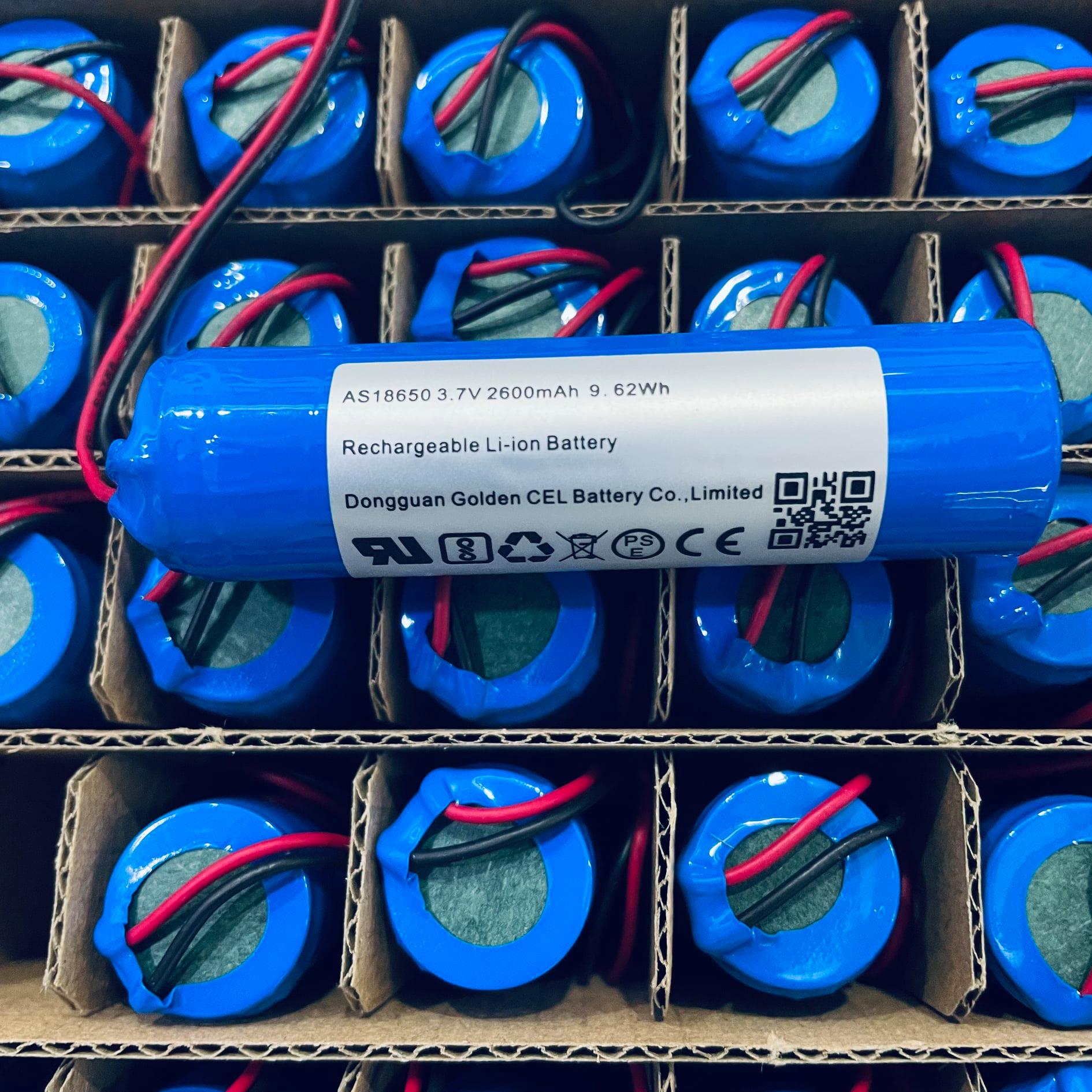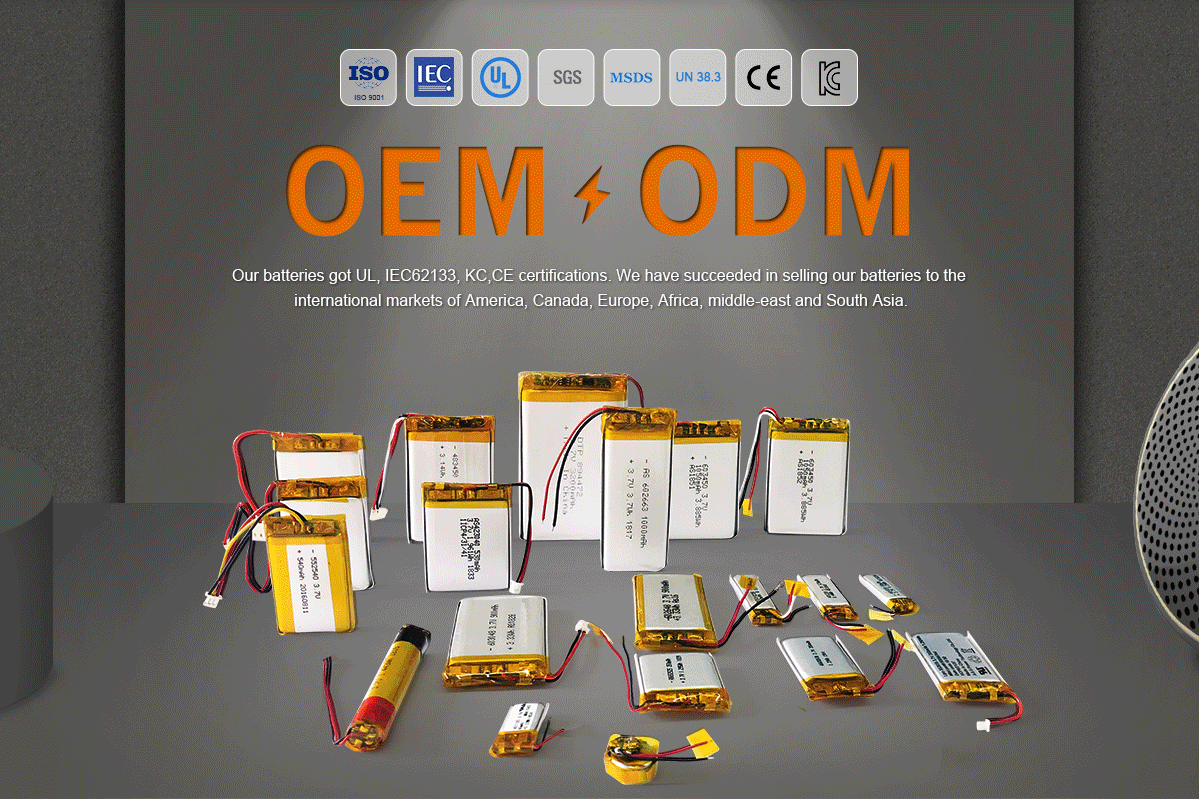Detailed explanation of internal resistance standards and characteristics of lithium-ion batteries
2021-09-24
Lithium ion battery internal resistance standard and detailed explanation of lithium ion battery characteristics
The internal resistance of the battery refers to the resistance caused by the current flowing through the battery when the battery is working. It includes ohmic internal resistance and polarization internal resistance, and polarization internal resistance includes electrochemical polarization internal resistance and concentration polarization internal resistance. Resistance is the degree to which a circuit element impedes the transfer of current, in ohms.
For lithium ion battery, the internal resistance of lithium ion battery is divided into ohm internal resistance and polarization internal resistance. Ohm resistance consists of electrode material, electrolyte, diaphragm resistance and contact resistance of each part. Polarization resistance refers to the resistance caused by polarization during electrochemical reaction, including the resistance caused by electrochemical polarization and concentration polarization.
Standard for internal resistance of lithium ion batteries
Ohm resistance is mainly composed of electrode data, electrolyte, diaphragm resistance and fluid collection, pole lug connection and other parts of the touch resistance, and the size of the battery, structure, connection method.
Polarization resistance, the resistance that occurs at the moment the current is applied, is the sum of the various tendencies within the battery that prevent charged ions from reaching their destination. Polarization resistance can be divided into electrochemical polarization and concentration polarization.
The precise calculation of the internal resistance of lithium-ion batteries is complex and changes over the course of battery life. According to the relevant experience statement, the larger the volume of lithium ion battery, the smaller the internal resistance; And vice versa.
The current outstanding performance of 18650 lithium ion battery internal resistance is about 12 ohms, and generally around 13-15 ohms; Because the impedance will affect the performance of the battery, generally 50 mm is normal, 50-100 can be used, but the performance begins to decay, above 100 should be used in parallel, more than 200 can not be used.
Internal resistance is an important parameter to evaluate the power performance of lithium ion battery and evaluate the life of lithium ion battery. The initial internal resistance of lithium ion battery is determined by the structure design, raw material performance and manufacturing process. In actual use, the change of battery resistance is also affected by temperature, SOC and other factors.
Internal resistance characteristics of lithium ion batteries
With the use of lithium ion batteries, battery performance continues to decay, critical performance is capacity attenuation, internal resistance, power decline, etc., the change of battery internal resistance is affected by temperature, discharge depth and other conditions of use.
Internal resistance is one of the important indexes to evaluate the performance of lithium ion batteries. As for the use of large lithium ion battery packs, such as the power supply system for electric vehicles, due to the limitations of detection equipment and other aspects, it is not possible or convenient to directly detect the AC internal resistance. Generally, the characteristics of battery packs are evaluated by the DC internal resistance. In practice, dc internal resistance is also used to evaluate the battery health, life prediction, and system SOC, output/input capacity estimation.
The same model because of the different production process of each lithium ion battery manufacturer processing battery internal resistance is also very different, even if the same manufacturer, the same material, the same process, the same material, the same batch of processing battery internal resistance is also very different.
Follow us and explore more! 👉 Facebook













